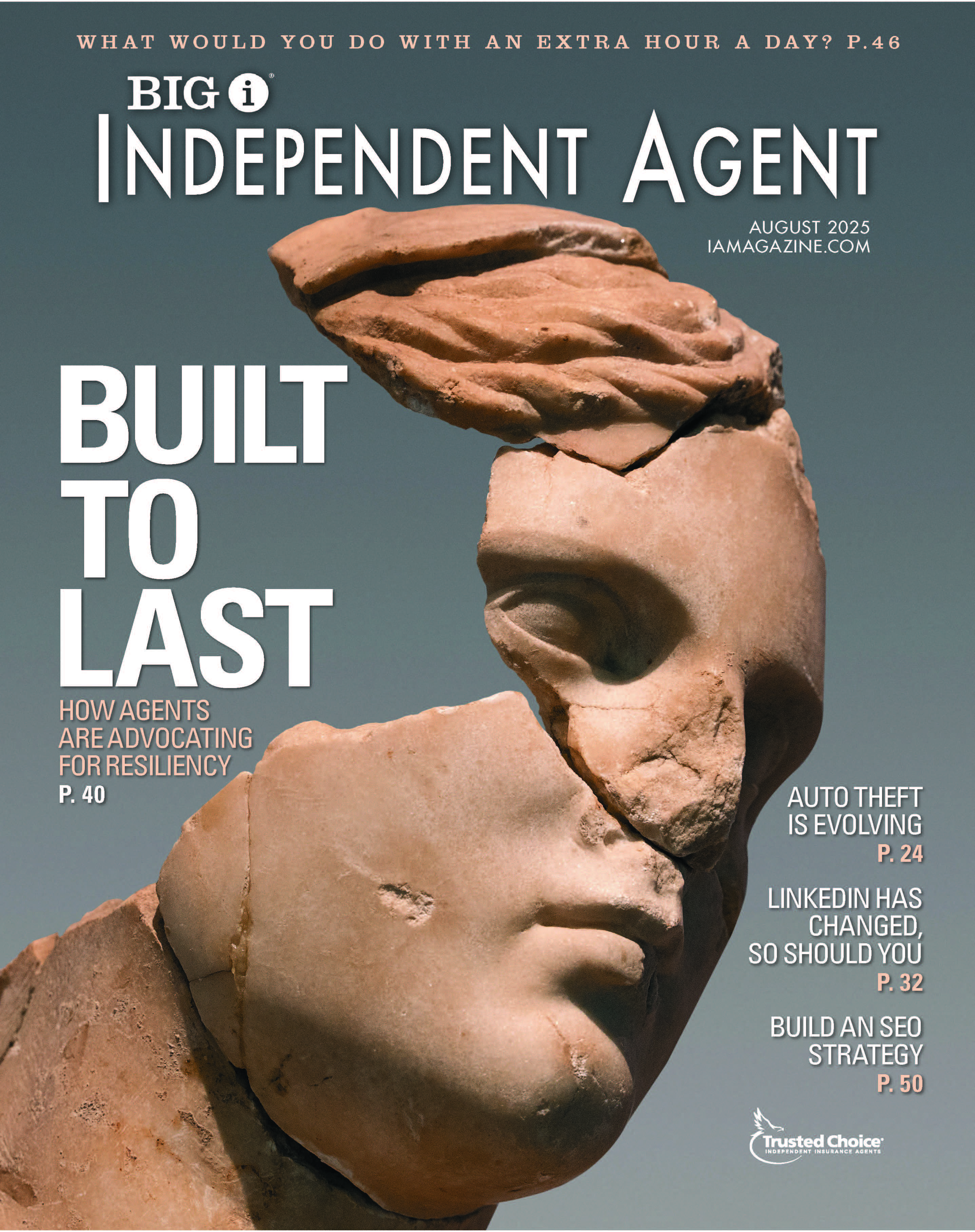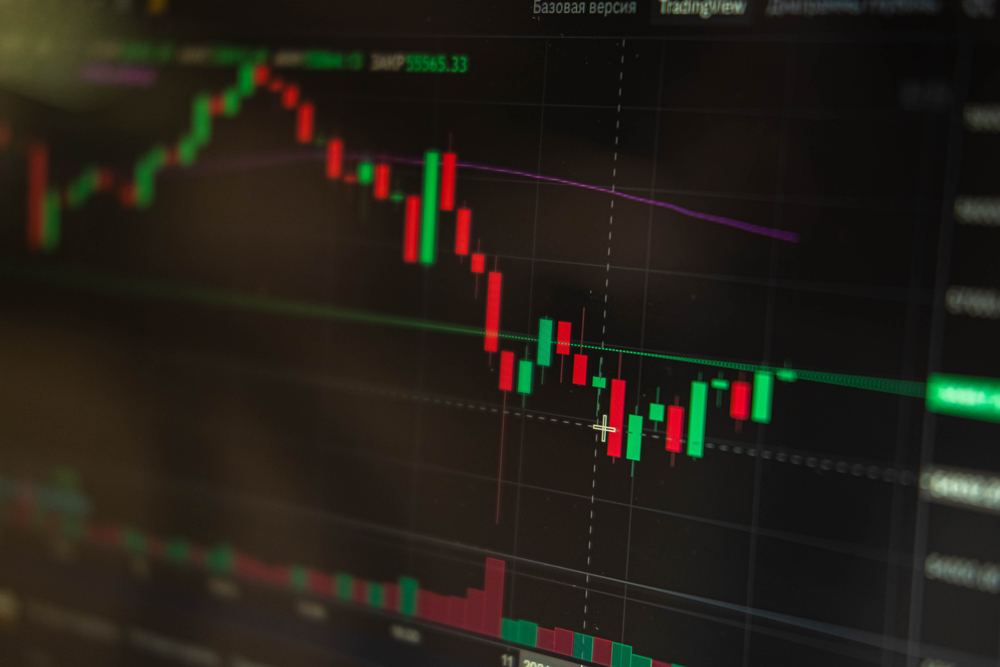Driving Trends, Inflation Accelerates Auto Loss Ratios

By: Ann Seaberg
Increases in auto premiums can’t keep up with fast-rising insurance claims inflation, which are being driven by changes to the way Americans drive, inflation and repair costs, according to the American Property Casualty Insurance Association’s (APCIA) latest paper, “The New Normal? Auto Insurers Continue to Struggle with Inflation.”
With inflation peaking at its highest level in 40 years, auto loss ratios are at their second highest in over 20 years, reaching 78.4% during the second quarter of 2022. The price of goods and services that auto insurance covers have been similarly impacted, with increases contributing to the underwriting losses being experienced. Insurers are concerned that they may be facing a “new normal,” as indicators suggest trends are likely to continue.
“Early in the pandemic, auto loss costs briefly dipped due to a significant decline in miles driven, leading to fewer accidents and claims to be paid,” said Robert Passmore, department vice president, personal lines, APCIA. “However, that was short-lived and as stay-at-home orders were lifted and restrictions eased, miles driven quickly returned to pre-pandemic levels.”
As drivers returned to business as usual with the easing of COVID-19 restrictions, the expectation was that auto losses would normalize. However, an estimated 42,915 people died in motor vehicle traffic crashes in 2021, which represented an increase of 10% from the 38,824 fatalities in 2020, according to the National Highway Traffic Safety Administration (NHTSA).
“This is the highest number of fatalities since 2005, and the highest annual percentage increase in the Fatality Analysis Reporting System’s history,” said Passmore.
One area of concern for insurers is recent data that shows since the start of the pandemic Americans have embraced riskier driving behavior, such as impaired driving, and speeding, according to the APCIA report, which showed that increases in crashes involving vulnerable road users, such as pedestrians, cyclists and motorcyclists, have also increased.
“When everyday life came to a halt in March 2020, risky behaviors skyrocketed and traffic fatalities spiked,” said Steven Cliff, administrator, NHTSA, in an article by the Insurance Information Institute (Triple-I). “We’d hoped these trends were limited to 2020, but, sadly, they aren’t.”
Increases in deadly motor accidents and an acceleration in medical inflation caused average bodily injury claim severity to rise 24% from the first quarter of 2020 to the first quarter of 2022, according to APCIA’s report. Over the same period, costs per collision claim climbed 37% while auto physical damage loss ratios also increased from the pandemic-era low of 45.2 in the second quarter of 2020 to 77.1 in the third quarter of 2021.
Unfortunately for both drivers and insurers, the post-pandemic rate of inflation and supply chain issues does not exempt the auto industry. An analysis published by CollisionWeek reported auto body repair prices exceed the rate of general inflation and auto insurance.
Between July 2021 and July 2022, costs rose 26% for new cars, 43% for motor vehicle maintenance and repair, and 32% for motor vehicle parts and equipment. Delays in the acquisition of parts due to talent, skills and material shortages at repair facilities also correlate to extended lengths of insurance replacement rentals.
The outlook for the auto insurance market amid elevated costs and rising inflation is uncertain, with most indicators suggesting elevated auto repair and replacement costs will continue into 2023 and even beyond, according to the report.
Ann Seaberg is an IA contributor.










